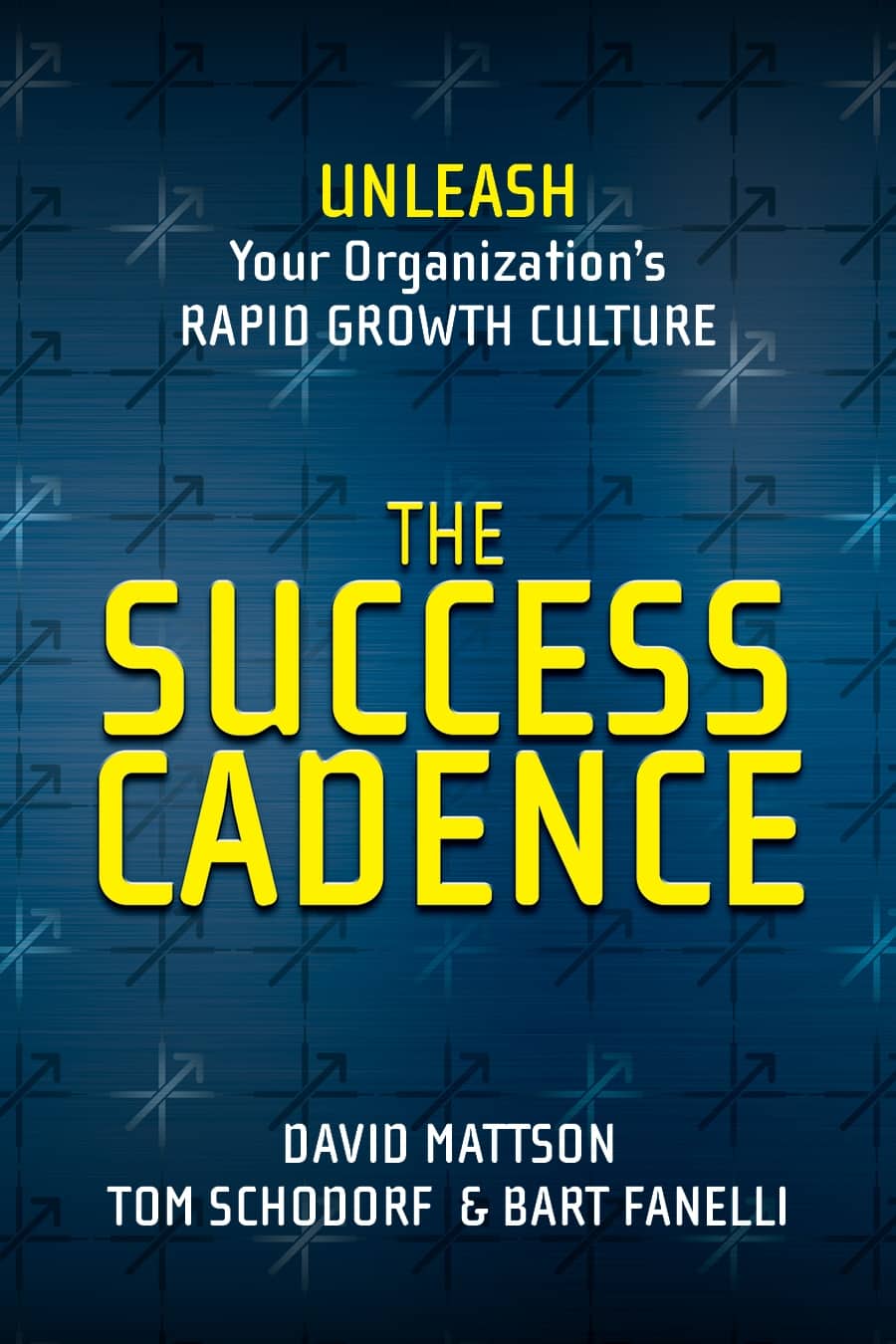A Classic Leadership Pain Point: Too Many Silos

Does this ring any bells?
- Marketing communicates only sporadically with Sales, or not at all, because it believes leadership in Sales is lax. Marketing sees Accounting as a means to an end, and frequently ignores direct requests from Accounting for critical information … although it expects more or less instant responses from Accounting on the key questions Marketing needs answered.
- Sales, too, drags its feet when it comes to giving Accounting needed information, and complains of being slowed down by Accounting’s seemingly endless requests for paperwork and CRM updates. Sales shares little or nothing with Marketing about the key concerns it hears from major clients.
- Accounting has plenty of complaints to offer, and a well-documented legacy of past grievances, when it comes to dealing with both Sales and Marketing. Any discussion about (or with) either team seems to begin with an “indictment” mentality — a lengthy review of past sins that does little to encourage Marketing or Sales to collaborate in the present moment.
These three groups are supposed to work together, and indeed can’t do their jobs at an optimum level without finding some way to effectively interact on common goals. Yet solutions and collaboration are hard to come by. Why? Each team regards itself as a separate entity.
This is the “silo mentality.” A team in your organization either focuses inordinate amounts of time and attention on cataloguing the faults and oversights of other teams … or does its best to ignore other groups altogether. This mindset is both a cultural and an operational problem. What causes it? There are a lot of possible answers, but unaligned messaging from the top (as in, “Do as I say, not as I do”) and an “idea of the day” management approach are two classic origins.
A silo mentality often leads companies to a situation where organizational gridlock is the norm. Teams work around one another and, all too often, work at cross purposes. This decreases productivity, impedes good decision-making, and makes rapid growth virtually impossible.
Overcoming a “silo mentality” is a classic growth challenge. The best way to turn the situation around is to learn to recognize — and push back on — the conventional thinking that enables and perpetuates this mentality. Effective leaders learn to spot, and tactfully refute, justifications like the following:
- “If everyone just worries about their group, then that results in the whole company doing well.” (Actually, if everyone is pursuing strategic goals that cancel each other out, then the whole company isn’t doing well.)
- “If my team shines, then the company shines as well.” (Not if it is keeping some other team from accomplishing part of the strategic plan.)
- “I’m focusing just on my own lane.” (This is actually terrible advice for driving … and it’s terrible advice for business, too.)
- “The CEO knows how it all fits together.” (Not necessarily!)
The reality is far more complex than these justifications suggest. Silos with team members who don’t interact well (or at all) with the members of other silos will inevitably hamper your organization’s ability to grow and scale. Here are three things you can do to fix this problem.
- Determine whether the existing organizational groups are pursuing the same objectives, strategy, and initiatives. If not, align them with the CEO’s compass by implementing a cross-functional leadership role that can break down silos through planning, alignment, and collaboration. (So for instance: Require Marketing, Sales, and Accounting to meet with you or with someone else on a weekly or monthly basis. Set up an operational cadence.)
- Identify the clearly defined leading and lagging indicators that should be tracked in pursuit of these objectives. Establish these as universal benchmarks. (See to it that Marketing, Sales, and Accounting are all looking at the same statistical “needle” on the dashboard, and all collaborating on how to make that metric move in the desired direction.)
- Identify new leadership talent via regular talent assessment sessions, and align these new leadership recruits with the CEO’s compass, too. (Consider “cross-pollinating” leadership positions in Marketing, Sales, and Accounting by assigning a promising candidate in one of these teams to a critical task force that regularly interacts with another group. Make sure they’re all focusing on the same critical benchmarks.)
Do this sooner rather than later. There is no time to waste.
You will likely encounter pushback and operational obstacles rooted in the “conventional wisdom” teams buy into once they have gotten comfortable with a silo-driven environment. Remember that this resistance is common in companies where there is a prevailing slow-growth working culture.
A silo mentality, as I point out in my book, The Success Cadence (co-authored with Tom Schodorf and Bart Fanelli), is best understood as a growing pain. Once you challenge the conventional wisdom and its assumptions, you can change the culture … and once you change the culture from “me-based” to “we-based,” anything is possible.
Written by: David Mattson.
Have you read?
# World’s Best Countries To Invest In Or Do Business.
# Countries With The Best Quality of Life, 2019.
# Most Startup Friendly Countries In The World.
# The World’s Safest Cities Ranking.
# Global Passport Ranking, 2019.
Add CEOWORLD magazine to your Google News feed.
Follow CEOWORLD magazine headlines on: Google News, LinkedIn, Twitter, and Facebook.
This report/news/ranking/statistics has been prepared only for general guidance on matters of interest and does not constitute professional advice. You should not act upon the information contained in this publication without obtaining specific professional advice. No representation or warranty (express or implied) is given as to the accuracy or completeness of the information contained in this publication, and, to the extent permitted by law, CEOWORLD magazine does not accept or assume any liability, responsibility or duty of care for any consequences of you or anyone else acting, or refraining to act, in reliance on the information contained in this publication or for any decision based on it.
Copyright 2024 The CEOWORLD magazine. All rights reserved. This material (and any extract from it) must not be copied, redistributed or placed on any website, without CEOWORLD magazine' prior written consent. For media queries, please contact: info@ceoworld.biz
SUBSCRIBE NEWSLETTER









